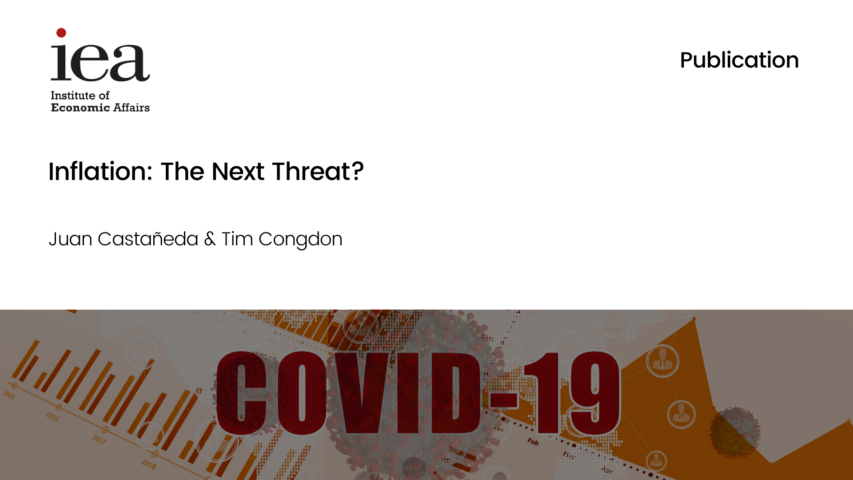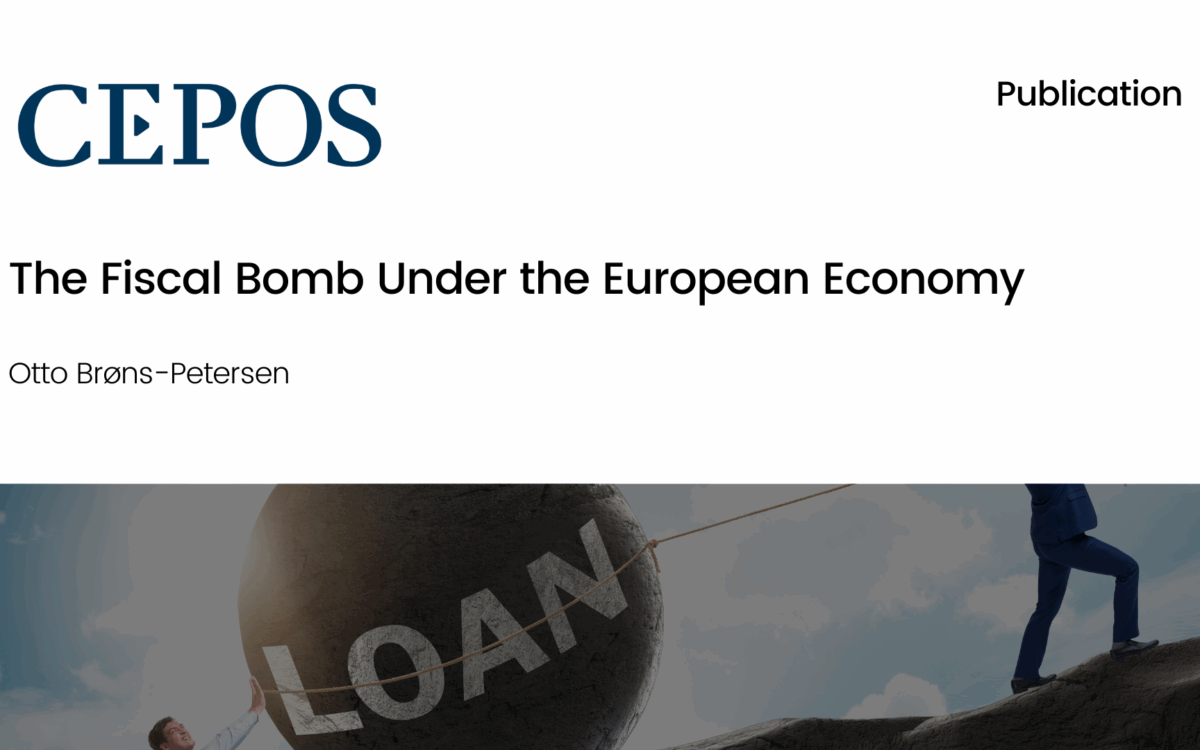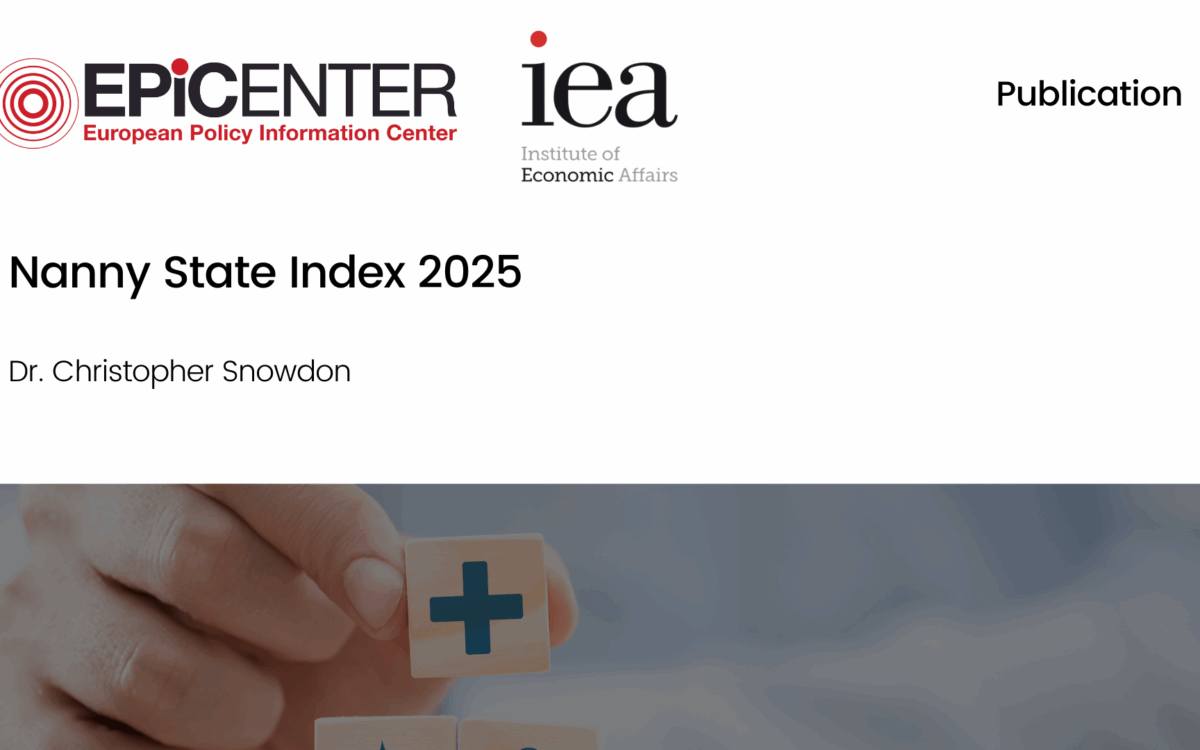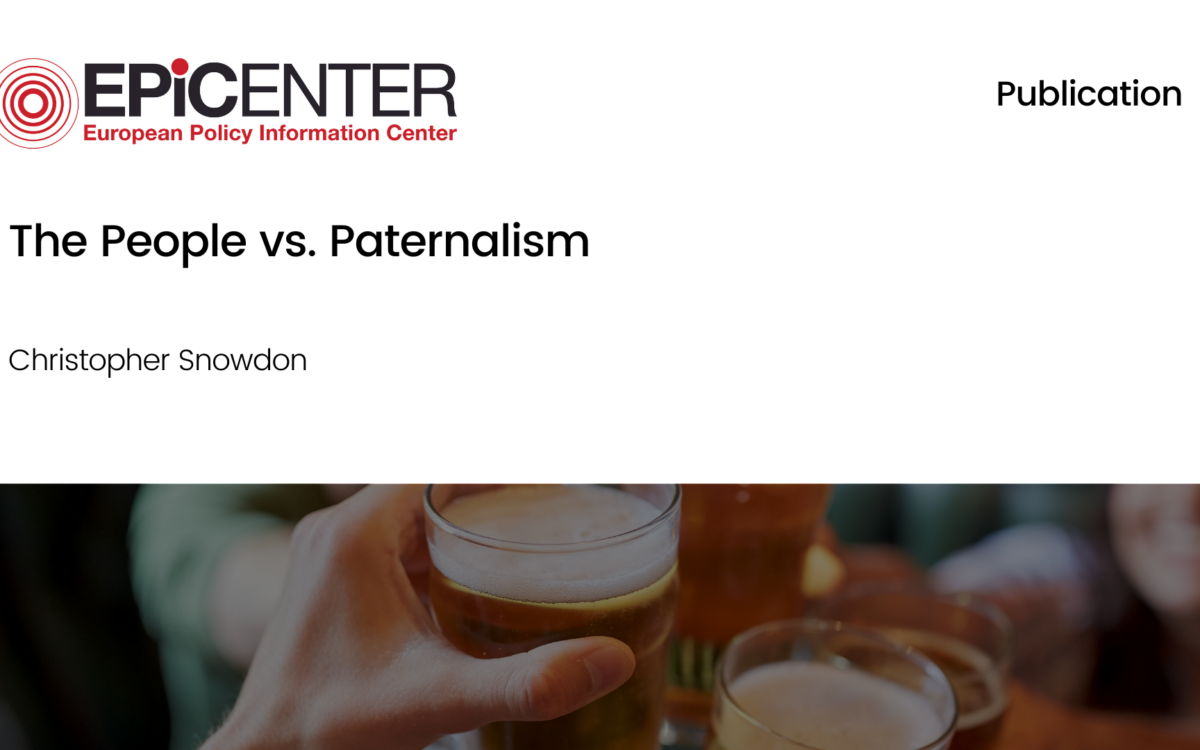Inflation: The Next Threat?

Inflation: The Next Threat?
18 June 2020
The policy reaction to the Covid-19 pandemic will increase budget deficits massively in all the world’s leading countries. The deficits will to a significant extent be monetised, with heavy state borrowing from both national central banks and commercial banks.
The monetisation of budget deficits, combined with official support for emergency bank lending to cash-strained corporates, is leading – and will continue to lead for several months – to extremely high growth rates of the quantity of money.
The crisis has shown again that, under fiat monetary systems, the state can create as much as money as it wants. There is virtually no limit to money creation. The frequently alleged claim that ‘monetary policy is exhausted at low (if not zero) interest rates’ has no theoretical or empirical basis.
By mid- or late 2021 the pandemic should be under control, and a big bounce-back in financial markets, and in aggregate demand and output, is to be envisaged. The extremely high growth rates of money now being seen – often into the double digits at an annual percentage rate – will instigate an inflationary boom. The scale of the boom will be conditioned by the speed of money growth in the rest of 2020 and in early 2021. Money growth in the USA has reached the highest-ever levels in peacetime, suggesting that consumer inflation may move into double digits at some point in the next two or three years.
Central banks seem heedless of the inflation risks inherent in monetary financing of the much-enlarged government deficits. Following the so-called ‘New Keynesian Model’ consensus, their economists ignore changes in the quantity of money. Too many of these economists believe that monetary policy is defined exclusively by interest rates, with a narrow focus on the central bank policy rate, long-term interest rates and the yield curve.
The quantity theory of money today provides – as it always has done – a theoretical framework which relates trends in money growth to changes in inflation and nominal GDP over the medium and long term. A condition for the return of inflation to current target levels is that the rate of money growth is reduced back towards annual rates of increase of about 6 per cent or less.
Download or share this publication
View the PDF
EPICENTER publications and contributions from our member think tanks are designed to promote the discussion of economic issues and the role of markets in solving economic and social problems. As with all EPICENTER publications, the views expressed here are those of the author and not EPICENTER or its member think tanks (which have no corporate view).



